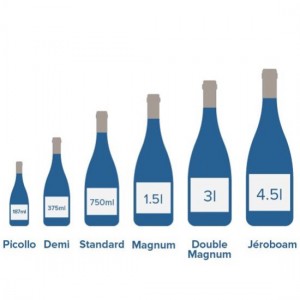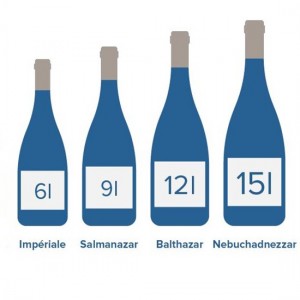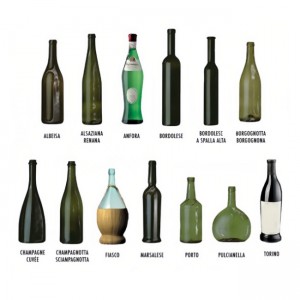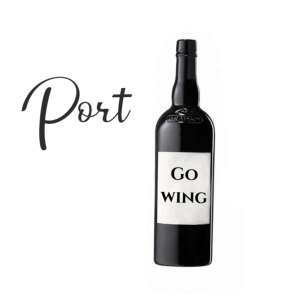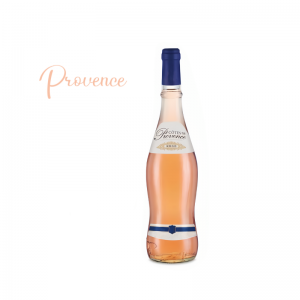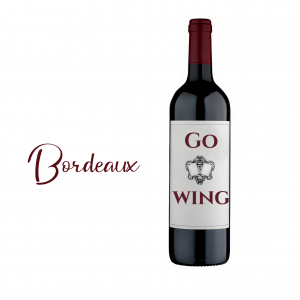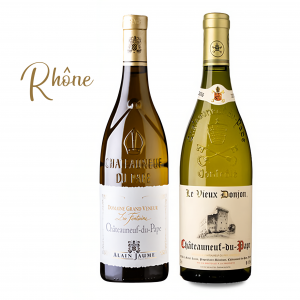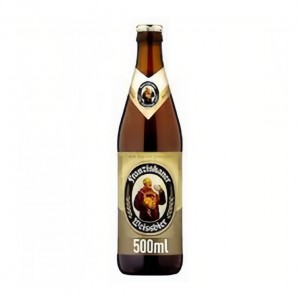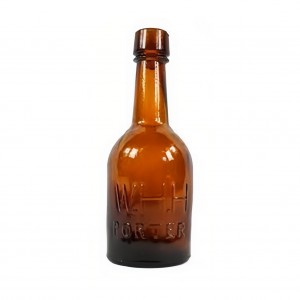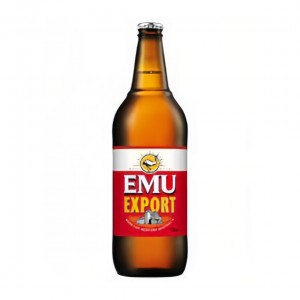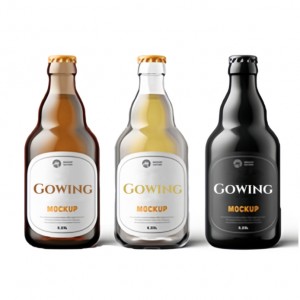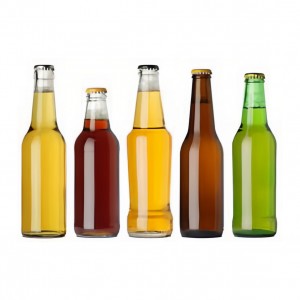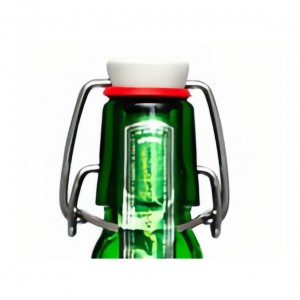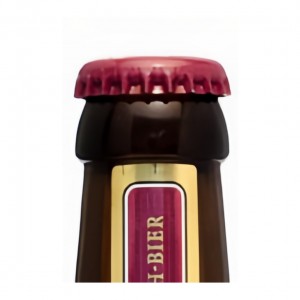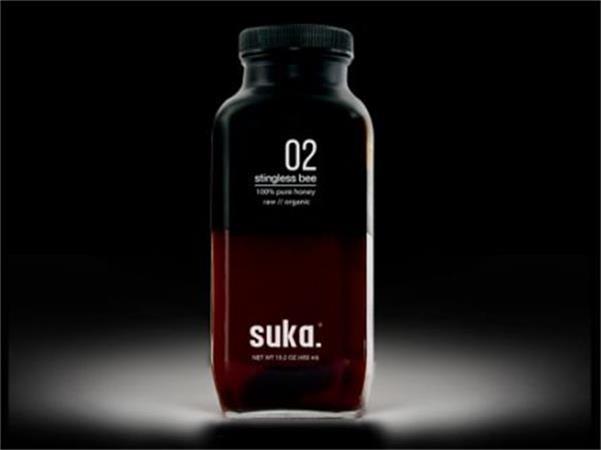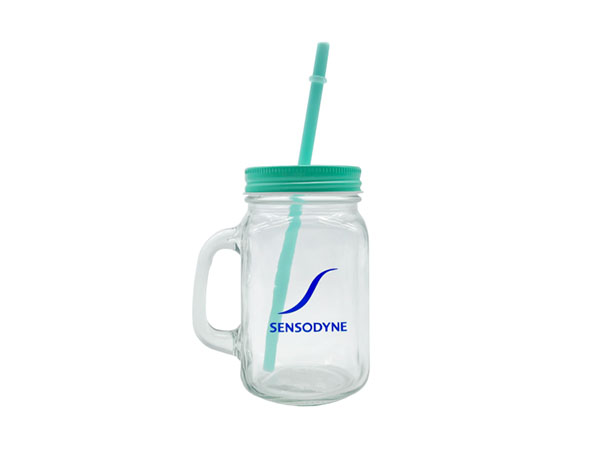Have you ever noticed that wine bottles have different shapes? Why? Every type of wine and beer has its bottle. Now, our attention is on the shape!
In this article, I want to analyze the different wine bottle and beer bottle shapes, starting with their origins and going up to the glass colors. Are you ready? Let’s start!
The Origin and Usage of Different Wine Bottles
Wine storage is of course as old as wine itself, dating back to the ancient civilizations of Greece and Rome, where wine was usually stored in large clay pots called amphorae and sealed with various materials, including wax and resin. The modern shape of a wine bottle, with a narrow neck and rounded body, is believed to have originated in the 17th century in the Burgundy region of France.
Wine bottles are typically made of glass but can also be made of other materials such as plastic or metal. Glass bottles are preferred for wine storage because they are inert, which means they do not affect the taste or quality of the wine. There’s a growing movement in favor of canned wine, on the grounds that it’s more environmentally friendly & can be sold in single servings like beer, but the possible metallic smell & taste is a problem for some people.
The standard size for a wine bottle is 750 milliliters, but there are many other sizes as well, such as the half bottle (375ml), magnum (1.5L) and double magnum (3L), etc. At the larger sizes, bottles are given biblical names like the Methusalah (6L), the Nebuchadnezzar (15L), the Goliath (27L), and the monster 30L Melchizedek. The size of the bottle often reflects the type of wine and its intended use.
The label on a wine bottle typically includes information about the wine, such as the type of grape, the region it was grown in, the year it was produced, and the winery or producer. The consumer can use this information to determine the quality and taste of the wine.
Different Wine Bottles
Over time, different regions started to develop their own unique bottle shapes.
Why Some Wine Bottles Are Shaped Differently?
Wine lovers, have you ever wondered why some wine bottles are shaped differently than others?
The truth is a wine bottle’s shape, size, and design play a crucial role in its preservation, aging, decanting process, marketing, and aesthetics.
As we’ve discussed… Different types of wine bottles have different shaped openings, such as a Bordeaux bottle with a wider opening or a Burgundy bottle with a narrower opening. These openings affect the ease of pouring the wine without disturbing the sediment and the amount of air the wine is exposed to. A wider opening, such as a Bordeaux bottle, allows more air to enter the bottle and can cause the wine to age more quickly, while a narrower opening, such as a Burgundy bottle, allows less air to enter the bottle and can slow down the aging process.
The design of the bottle can also affect the decanting process. Some bottle designs make pouring the wine without sediment easier, while others make it harder. Additionally, the amount of air in the bottle is also affected by the amount of liquid in the bottle, a bottle that is filled to the top with wine will have less air in the bottle than a bottle that is only partially filled.
Why Certain Wines Are Bottled in Smaller or Larger Bottles?
The size of the bottle also plays a role in how the wine ages. Smaller bottles, such as 375ml, are used for wines that are intended to be consumed young, while larger bottles, such as magnums, are used for wines that are intended to be aged for a longer period. This is because the ratio of wine to air decreases as the bottle size increases, which means that the wine will age more slowly in a larger bottle than in a smaller bottle.
Regarding the color of the bottle, darker-colored bottles, such as those used for red wine, provide better protection from light than lighter-colored bottles, such as those used for white wine. This is because the darker color of the bottle absorbs more light, and less light can penetrate the bottle and reach the wine inside.
It’s worth noting that the design and shape of the bottle can also affect the marketing and aesthetics of the wine. The shape and size of the bottle, along with the label and packaging, can contribute to the overall perception of the wine and its brand.
Next time you uncork a bottle of wine, take a moment to appreciate the intricate design and thought that went into the bottle and how it affects the overall wine experience.
Next, let us introduce you to the fascinating world of beer bottles!
A Brief History of the Humble Beer Bottles
Where, when and how beer originated is hotly contested by historians. What we can all agree on is that the earliest recorded description of beer brewing and bottles that we have to date is on an ancient clay tablet from 1800 B.C. Summer is historically the area between the Tigris and Euphrates rivers. From that ancient record, it appears that beer was sipped through straws.
The Evolution of Beer Bottles
Jump forward a few thousand years, and we get to the emergence of the first glass beer bottles. These were invented in the early 1700s, and early beer bottles were sealed (‘stoppered’) by corks, much like traditional wine closures. Early beer bottles were blown from thick, dark glass, and had long necks like wine bottles.
As brewing techniques progressed, so did beer bottle sizes and shapes. By the end of the 18th century, beer bottles were starting to take on the typical short-neck and low-shouldered form we see a lot of today.
Design Innovations In the 19th Century and Beyond
In the latter half of the 19th century, several distinct bottle sizes and shapes started popping up.
These bottles included:
- Weiss (German wheat)
- Squat porter
- Long-necked export
Most of today’s traditional beer bottle shapes arose throughout the 20th century. In America, short-necked-and-bodied ‘stubbies’ and ‘steinies’ emerged directly.
Stubby and steinie
A short glass bottle used for beer is generally called a stubby, or originally a steinie. Shorter and flatter than standard bottles, stubbies pack into a smaller space for transporting. The steinie was introduced in the 1930s by Joseph Schlitz Brewing Company and derived its name from its similarity to the shape of a beer stein, which was emphasized in marketing. The bottles are sometimes made with thick glass so that the bottle can be cleaned and reused before being recycled. The capacity of a stubby is generally somewhere between 330 and 375 ML. Some of the expected advantages of stubby bottles are ease of handling; less breakage; lighter weight; less storage space; and lower center of gravity.
Longneck, Industry Standard Bottle (ISB)
A North American long neck is a type of beer bottle with a long neck. It is known as the standard longneck bottle or industry standard bottle (ISB). The ISB longnecks have a uniform capacity, height, weight, and diameter and can be reused on average 16 times. The U.S. ISB longneck is 355 mL. In Canada, in 1992, the large breweries all agreed to use a 341 mL longneck bottle of standard design (named AT2), thus replacing the traditional stubby bottle and an assortment of brewery-specific long-necks which had come into use in the mid-1980s.
Closure
Bottled beer is sold with several types of bottle caps, but most often with crown caps, also known as crown seals. A number of beers are sold finished with a cork and muselet (or cage), similar to champagne closures. These closures were largely superseded by the crown cap at the end of the 19th century but survived in premium markets. Many larger beers use screw caps due to their resealing design.
What sizes are beer bottles?
Now that you know a bit of beer bottle history, let’s consider today’s most popular beer bottle sizes. In Europe, 330 milliliters is the standard. The standard size for a bottle in the United Kingdom is 500 millimeters. Smaller bottles usually come in two sizes — 275 or 330 milliliters. In the United States, bottles are typically 355 milliliters. Besides the standard-sized beer bottles, there is also a “split” bottle that holds 177 milliliters. These bottles are for more potent brews. Larger bottles hold 650 milliliters. The classic Champagne-style 750-milliliter bottle with a cork and wire cage is also popular.
Gowing: your go-to partner in glass bottles
Have you ever seen personally all the different bottle shapes that we mentioned here? What’s your favorite bottle shape? Let me know by leaving a comment.
Post time: Mar-20-2023 Other Blog

